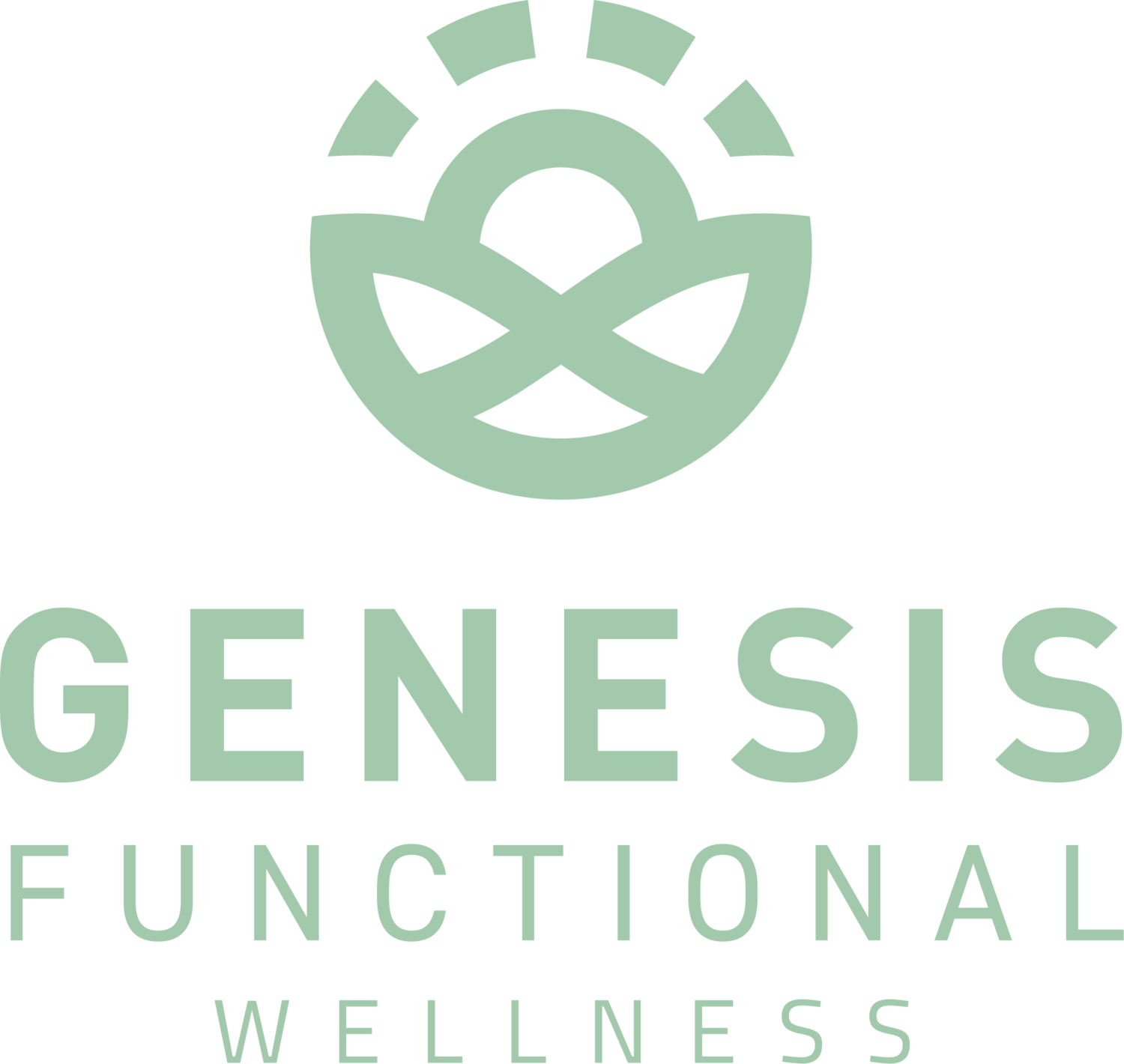What Happened to my Child? Part III: Treatment of pans/pandas
In our previous articles, we discussed the history, symptoms, diagnosis, and potential causes of PANS (Pediatric acute-onset neuropsychiatric syndrome) and PANDAS (Pediatric autoimmune neuropsychiatric disorders associated with streptococcal infection).
This article discusses both conventional and integrative treatment of PANS/PANDAS and focuses on how to optimize the environment to help facilitate healing.
This article begins with conventional treatment and then moves to integrative treatment. A combination of both can be beneficial to the patient depending on severity. Each case is unique.
Conventional Treatment of PANS/PANDAS
It’s important to note that at times, especially at the beginning of the disease, a patient may be extremely affected by PANS/PANDAS. During these more severe time periods of the disease, conventional treatments may be necessary to resolve some of the more immediate issues and calm down the patient’s system. However, it is equally as important to take an integrative approach, which we review later in the article, to look at the root causes of the condition.
Some conventional treatment options are as follows:
Antibiotics: When an infection is confirmed, the first line of defense is typically antibiotics to eradicate the infection, such as strep, Lyme, or mycoplasma pneumonia. It can often be more than just one infection.
Patients are often given antibiotics prophylactically to help prevent future infections. However, this continued antibiotic use can further disrupt the microbiome.
Steroids and NSAIDs: These anti-inflammatory drugs have shown to reduce symptoms and duration of flares in PANS/PANDAS (1), which makes sense, given that inflammation is a core part of the issue. However, long-term use of these drugs takes a toll on the gut and body, which may lead to further health issues. They also do not address the root cause of the conditions.
IVIG Treatment: Intravenous immunoglobulin or IVIG is a blood product that is prepared from the pooled plasma of between 1,000 and 15,000 donors per batch. It gives you the antibodies that your body is having trouble making on its own and has a large diversity of antibodies because of the sheer number of donors. Some patients respond very well to this treatment (2). However, it is expensive and is often not covered by insurance. Adverse reactions and potential contaminants in the infusions are also a concern (3,4).
Photo by Allie Smith on Unsplash
Plasma apheresis: Plasma apheresis is a “blood cleaning” procedure during which a child’s blood is removed and then separated into two groups: red blood cells/white blood cells/platelets and plasma. The plasma is then removed and replaced with albumin. The blood is mixed with the albumin and then returned to the child’s body. Many patients who have undergone plasma apheresis have had much success with it (5). However, it is an invasive, expensive procedure and usually reserved for patients who are severely affected by PANS/PANDAS.
Removal of tonsils: In cases of chronic strep infections and PANDAS, a tonsillectomy could be recommended. At the present moment, this is a controversial therapy, although there is some evidence that it may be helpful. In situations where antibiotics do not provide a resolution for PANDAS, tonsillectomies may reduce symptoms, though it is still very possible to have strep without tonsils. There is some evidence that in some patients, tonsillectomies may provide complete resolution of the condition (6).
Photo by Artur Tumasjan on Unsplash
Integrative Treatment of PANS/PANDAS
In working with an integrative PANS/PANDAS practitioner, there may be times during which conventional treatments are recommended. However, it is important to have a multi-faceted approach to get to the root cause and optimize the environment for healing.
The list below is a start to diet changes, lifestyle changes, and treatment options to facilitate healing. However, in more severe cases, more extreme measures might be necessary. Work with a knowledgeable practitioner to determine the best treatment plan for your child.
Diet:
Improving gut health and reducing inflammation is key to healing from PANS/PANDAS. Opt to buy whole foods, which are organic and non-GMO. Include lots of good fats in your daily diet. Remove foods with preservatives, artificial colors, artificial ingredients, and preservatives.
Work with a health practitioner to determine which potentially inflammatory foods to remove, possibly including gluten, dairy, soy, corn, and/or eggs (7,8). Also remove or strictly limit sugar, refined salt, and refined carbohydrates.
Include probiotic and prebiotic foods and/or supplements in your daily diet.
Environment:
It’s really important to look at the child’s (and family’s) environment to find ways to reduce overall toxic load and support the body for healing. Here are some things to consider:
Reduce electric and magnetic field (EMF) exposure
Find ways to reduce EMF exposure in your home. Some ways include:
Turning off WiFi at night or choosing to use a hard-wired internet
Putting cell phones on “airplane mode”
Keeping electrical devices off when not in use
Keeping electrical devices, such as laptops, cell phones, and tablets away from your body (use headphones when talking on the phone or keep on speaker)
Avoiding sleeping on the same wall as an electrical meter
Avoid toxic cleaning and cosmetic products
Use the Environmental Working Group guides to replace toxic cleaners and cosmetic and products with “cleaner,” more health-promoting ones. Or even make your own!
Test for mold (both in environment and in patient’s body)
Environment
Start with collecting a number of ERMI (environmental relative moldiness index) samples including both indoor and outdoor samples.
Use a quality lab like mycometrics.
If labs are positive or questionable, have an industrial hygienist collect a cavity sample while that area of the building is sealed from the rest.
If positive, begin remediation. (9)
**In our experience, it is best to have an industrial hygienist come to the house or workplace environment to test for mold. It’s also a good idea to get more than one opinion. Make sure to make a list of any times that water leaked or came into any part of the house or workplace.
Body
Potential Testing for mold present in the body- There are several methods available to test mold in the body. One preferred method is the Vibrant Mycotoxin Panel, as it can test for multiple mycotoxins simultaneously, has a high sensitivity, and is not as cost prohibitive.
Use a good air purifier
The Austin Healthmate is a good choice for an air purifier, as it’s a medical grade air purifier that uses HEPA filtration. HEPA stands for high-efficiency particulate air. The Austin Healthmate:
Has a mechanical filter that forces the air through a mesh filter which then traps harmful particles, such as pollen, pet dander, dust mites, tobacco smoke, and mold spores.
Uses activated carbon and zeolite to remove chemicals, gases, and odors.
Removes 99.97% of particles larger than 0.3 microns and 95% of all particles larger than 0.1 micron. (Mold spores are somewhere between 3 and 100 microns)
**Because we believe in the effectiveness of the Austin Healthmate, our office is a provider for them. Please see our office if you would like to invest in the air quality of your home or workplace!
Use a vacuum with HEPA filter
Using a vacuum with a true HEPA filter can do wonders in removing possible allergens and offenders in your home.
If possible, remove carpets
Even with regular vacuuming and cleaning, it is very difficult to remove mold and allergens from carpet. For more thorough cleaning, replace carpets with hardwood or tile flooring.
Antimicrobial supplements:
While certain antibiotics can eradicate the infection and when taken prophylactically, protect against future infections, integrative medicine also has very powerful tools to eradicate and prevent strep while being a big gentler on the microbiome. Some of these products may include:
Biocidin: includes herbs, such as echinacea, Goldenseal, oregano oil, grape seed extract, and garlic to help fight infections.
GI Synergy: anti-parasitic, anti-fungal, & anti-bacterial
Gluten Flam: breaks down biofilms that are often antibiotic resistant
PARA- A by Marco Pharma: whole body herbal antibiotic
Healing the gut and boosting the immune system:
It’s starting to become common knowledge that the immune system and the gut are intricately linked. While dietary changes can help immensely in lowering inflammation and healing the gut, strategic supplementation will help as well. Consider the use of:
Probiotics/prebiotics
Vitamin D/Vitamin K
Immunoglobulin G (IgG) supplements
Omega 3s
Phosphatidylcholine
Carnitine
B Vitamins
Liposomal Vitamin C
There is no single path to healing from PANS/PANDAS, but there are many promising therapies as well as lifestyle changes to explore for renewed health for your child. Please contact our office if you are concerned that PANS/PANDAS may be something that your child is experiencing. It’s important to keep learning, growing, and hoping.
Photo by Irina Murza on Unsplash
Works cited:
https://www.ncbi.nlm.nih.gov/pubmed/28696786
https://www.ncbi.nlm.nih.gov/pmc/articles/PMC4340809/
https://www.ncbi.nlm.nih.gov/pmc/articles/PMC4318428/
https://www.ncbi.nlm.nih.gov/pmc/articles/PMC6008653/
https://www.ncbi.nlm.nih.gov/pmc/articles/PMC4340509/
https://jamanetwork.com/journals/jamaotolaryngology/fullarticle/2089440
https://www.sciencedirect.com/science/article/pii/S0149763417305833
https://www.ncbi.nlm.nih.gov/pmc/articles/PMC4442568/
https://chriskresser.com/how-to-test-your-home-for-mold-with-mike-schrantz/





